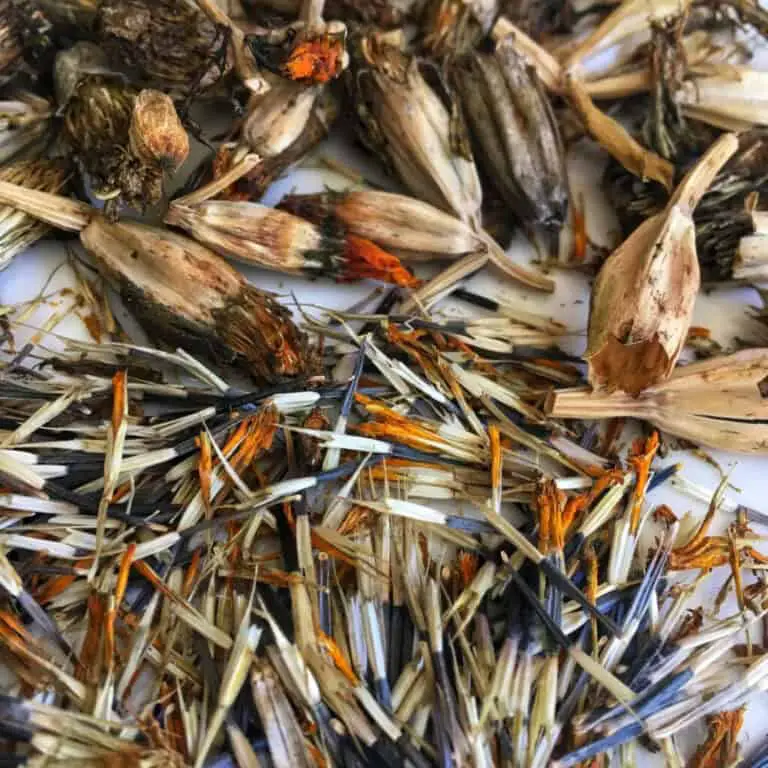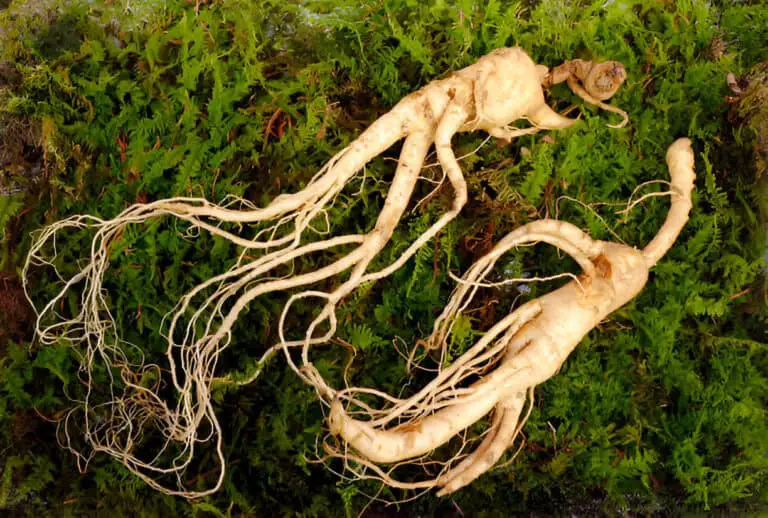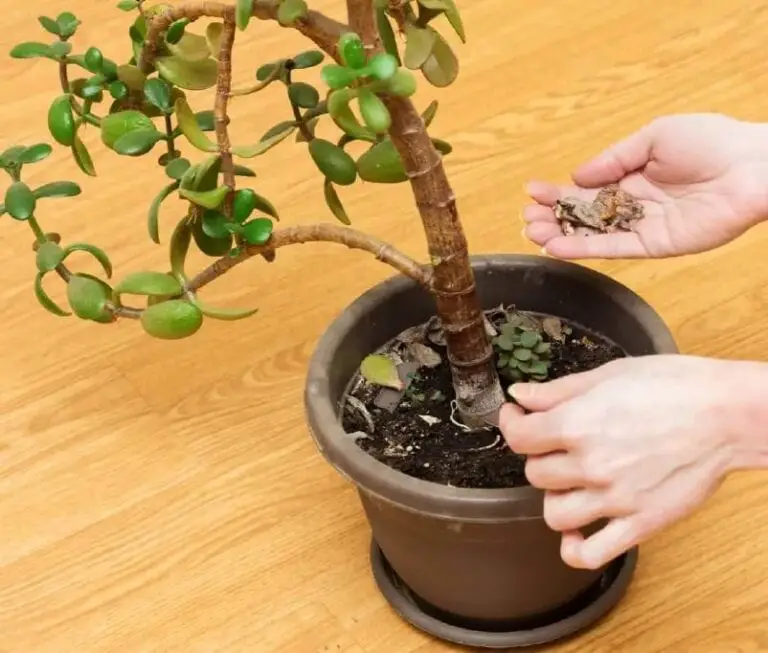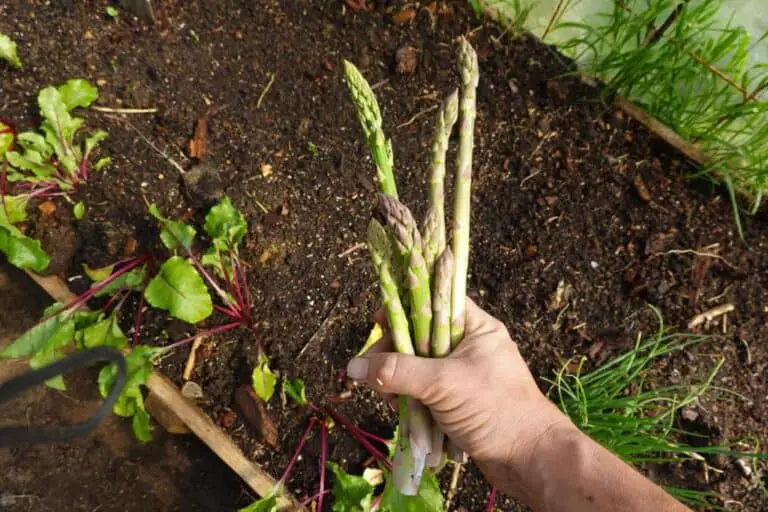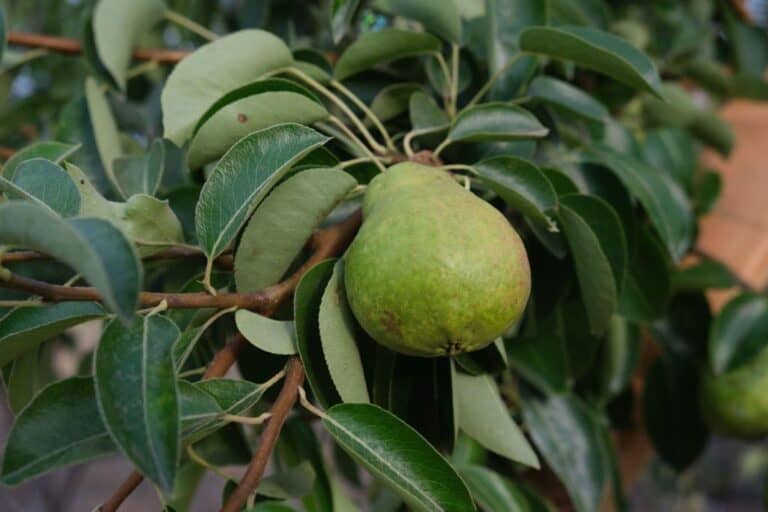Growing Your Own: Can You Plant Green Onions from the Grocery Store?
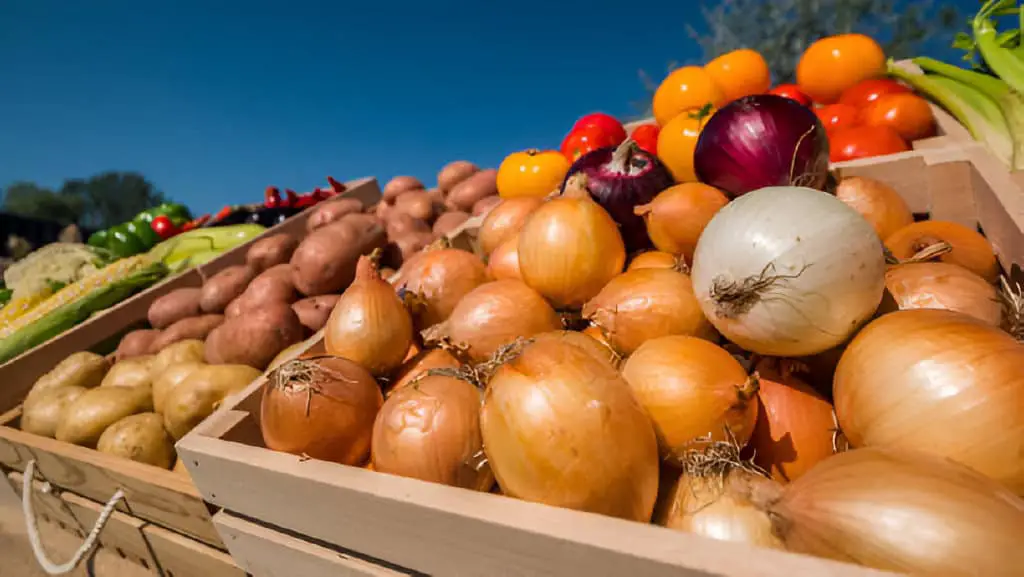
Have you ever wondered if you can plant green onions from the grocery store and grow them into fresh, homegrown vegetables? It’s easier than you might think! Instead of discarding the ends of store-bought green onions, you can turn them into a thriving garden staple. You can do this with just a few simple steps.
Green onions, also known as scallions, are a versatile and flavorful addition to many dishes. But did you know that you can grow your own green onions right from the ones you buy at the grocery store? It’s a simple, cost-effective way to have a continuous supply of fresh onions on hand. In this guide, we will walk you through the process, from selecting the right onions to planting and caring for them.
In this article, we will explore regrowing green onions from store-bought ones. This provides you with a sustainable way to enjoy this versatile vegetable year-round. By following our guide, you’ll not only save money but also reduce food waste and enhance your home gardening skills.
Why Grow Green Onions at Home?

Growing green onions at home offers several benefits:
- Cost Savings: You can save money by regrowing green onions instead of buying new ones every time.
- Freshness: Homegrown green onions are fresher and often more flavorful than store-bought ones.
- Convenience: Having a constant supply of green onions at home means you can easily add them to your meals whenever you like.
Selecting the Right Green Onions from Grocery Store
When selecting green onions from the grocery store for planting, look for these characteristics:
- Healthy Roots: Choose onions with white, healthy roots. Avoid those with dried or shriveled roots.
- Fresh Tops: The green tops should be fresh and vibrant, not wilted or yellowing.
- Firm Bulbs: The bulbs should be firm, not soft or mushy.
Preparing Green Onions for Planting
Once you have your green onions, follow these steps to prepare them for planting:
- Trim the Tops: Cut off the green tops, leaving about 1-2 inches of the white bulb and roots intact.
- Soak in Water: Place the trimmed bulbs in a glass of water, ensuring the roots are submerged. Leave them in water for a few days to encourage new root growth.
Table: Preparation Steps
Step
Description
Trim the Tops
Leave 1-2 inches of bulb and roots intact
Soak in Water
Submerge roots in water for a few days
Planting Green Onions
Green onions can be planted both indoors and outdoors. Here’s how to do it:
Indoors
- Container: Choose a container with good drainage. Fill it with potting soil, leaving about an inch of space at the top.
- Planting: Make small holes in the soil and place the bulbs root-side down. Cover the bulbs with soil, leaving the tops exposed.
- Watering: Water the soil thoroughly and place the container in a sunny spot.
Outdoors
- Garden Bed: Choose a sunny spot in your garden and prepare the soil by removing weeds and loosening it.
- Planting: Plant the bulbs about 1-2 inches apart, covering the roots with soil but leaving the tops exposed.
- Watering: Water the area well after planting and keep the soil consistently moist.
Table: Planting Guidelines
| Location | Container/Bed Preparation | Planting Distance | Watering Needs |
| Indoors | Container with potting soil | 1-2 inches apart | Keep soil consistently moist |
| Outdoors | Sunny garden bed | 1-2 inches apart | Water well after planting |
Caring for Green Onions
Green onions are relatively low-maintenance, but they do require some basic care:
- Watering: Keep the soil consistently moist but not waterlogged. Overwatering can lead to root rot.
- Fertilizing: Use a balanced fertilizer every few weeks to promote healthy growth.
- Harvesting: When the green tops are about 6-8 inches tall, they are ready to harvest. Cut them just above the white bulb, and they will continue to regrow.
Common Issues and Solutions
Troubleshooting common issues when planting store-bought green onions is key. It can help you have a successful and bountiful harvest. These onions can be a convenient and rewarding addition to your garden, but they may come with some challenges that need addressing. You might encounter some common issues:
- Poor root development: Grocery store green onions often have poor roots. Their roots are damaged or too small. This makes it hard for them to take hold in soil. You can trim the tops slightly and place the onions in water for a few days to encourage root growth before transplanting them into your garden.
- Yellowing Leaves: Leaves turning yellow can be a sign of overwatering or poor soil drainage. Ensure your container has good drainage,e and adjust your watering schedule.
- Slow Growth: Lack of sunlight can slow growth. Make sure your green onions are in a sunny location.
- Pests: Aphids and other pests can affect green onions. Use natural pest control methods, such as neem oil, to keep them at bay.
Table: Common Issues and Solutions for Planting Green Onions
| Issue | Solution |
| Poor root development | Trim tops, place in water to encourage root growth |
| Disease/pest infestation | Inspect before planting, use organic pest control |
| Watering issues | Ensure consistent moisture, use well-draining soil |
Growing Onion Seeds vs. Onion from Grocery Store
Growing onions from seeds and growing onions from grocery store bulbs both have their own advantages and challenges. Understanding these differences can help you choose the best method for your garden.
When growing onions from seeds, you start with a clean slate. Onion seeds offer a greater variety of types and are less likely to carry diseases. However, they require a longer growing season and more patience, as it takes time for seeds to germinate and develop into mature onions. The process includes starting seeds indoors. Then, moving them outside and carefully nurturing them all season.
On the other hand, planting onions from grocery store bulbs can be quicker and easier. These bulbs are already partially grown, allowing you to skip the germination stage. However, they might be more prone to diseases or pests, and they typically have a shorter growing cycle. They are convenient but might not offer as many varieties or as strong growth as those started from seeds.
Table: Comparison of Growing Onion Seeds vs. Grocery Store Onions
| Factor | Onion Seeds | Grocery Store Onions |
| Variety Availability | Wide range | Limited to what is available in stores |
| Growing Time | Longer, from seed to mature plant | Shorter, already partially grown |
| Disease Risk | Lower, less likely to carry diseases | Higher, potential for existing diseases |
| Effort Required | More steps involved, more care needed | Less effort, skip initial germination |
Considering these factors will help you decide whether to grow onions from seeds or grocery store bulbs, ensuring a successful and satisfying gardening experience.
Using Homegrown Green Onions
Homegrown green onions can be used in a variety of dishes. Here are some ideas to get you started:
- Salads: Add fresh, chopped green onions to salads for a burst of flavor.
- Soups: Use green onions as a garnish for soups and stews.
- Stir-Fries: Add them to stir-fries for a fresh, crunchy element.
- Scrambled Eggs: Mix chopped green onions into scrambled eggs for a tasty breakfast.
Recipe: Green Onion Stir-Fry
Ingredients:
- 1 cup of chopped green onions
- 1 bell pepper, sliced
- 1 carrot, julienned
- 1 tablespoon soy sauce
- 1 tablespoon olive oil
- 1 clove garlic, minced
Instructions:
- Heat olive oil in a pan over medium heat.
- Add garlic and sauté until fragrant.
- Add bell pepper and carrot, and stir-fry for 3–4 minutes.
- Add chopped green onions and soy sauce, and cook for another 2 minutes.
- Serve hot as a side dish or over rice.
Conclusion
Growing green onions from store-bought ones is an easy and rewarding way to ensure you always have fresh, flavorful onions on hand. With minimal effort, you can plant, care for, and harvest green onions in both indoor and outdoor settings. Not only does this practice save money, but it also adds a fresh and sustainable element to your cooking.
So next time you buy green onions, consider regrowing them at home and enjoying the benefits of your own mini garden.

